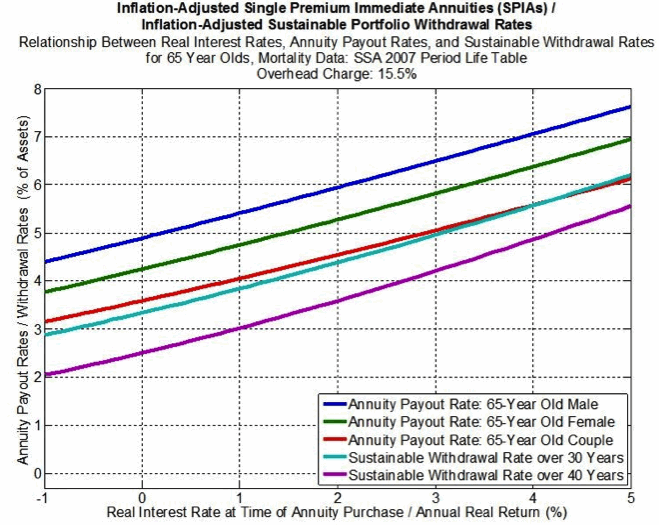
Your Clients’ Toughest Retirement Decision
The curriculum director of the Retirement Income Industry Association’s Retirement Management Analyst designation explains why systematic withdrawals and annuities can coexist. (This article first appeared at AdvisorPerspectives.com.)


